The Lenovo Legion Go S: A Handheld Gaming PC Review
Handheld gaming PCs have surged in popularity, largely thanks to the Steam Deck. Lenovo's Legion Go S aims to compete, offering a design closer to the Steam Deck than its predecessor. Unlike the original Legion Go, the Go S boasts a unibody design, ditching removable controllers and extraneous buttons. A SteamOS version is slated for later this year, a first for a non-Valve handheld, but this review focuses on the Windows 11 model. At $729, however, the Legion Go S struggles against the competition.
Lenovo Legion Go S – Image Gallery
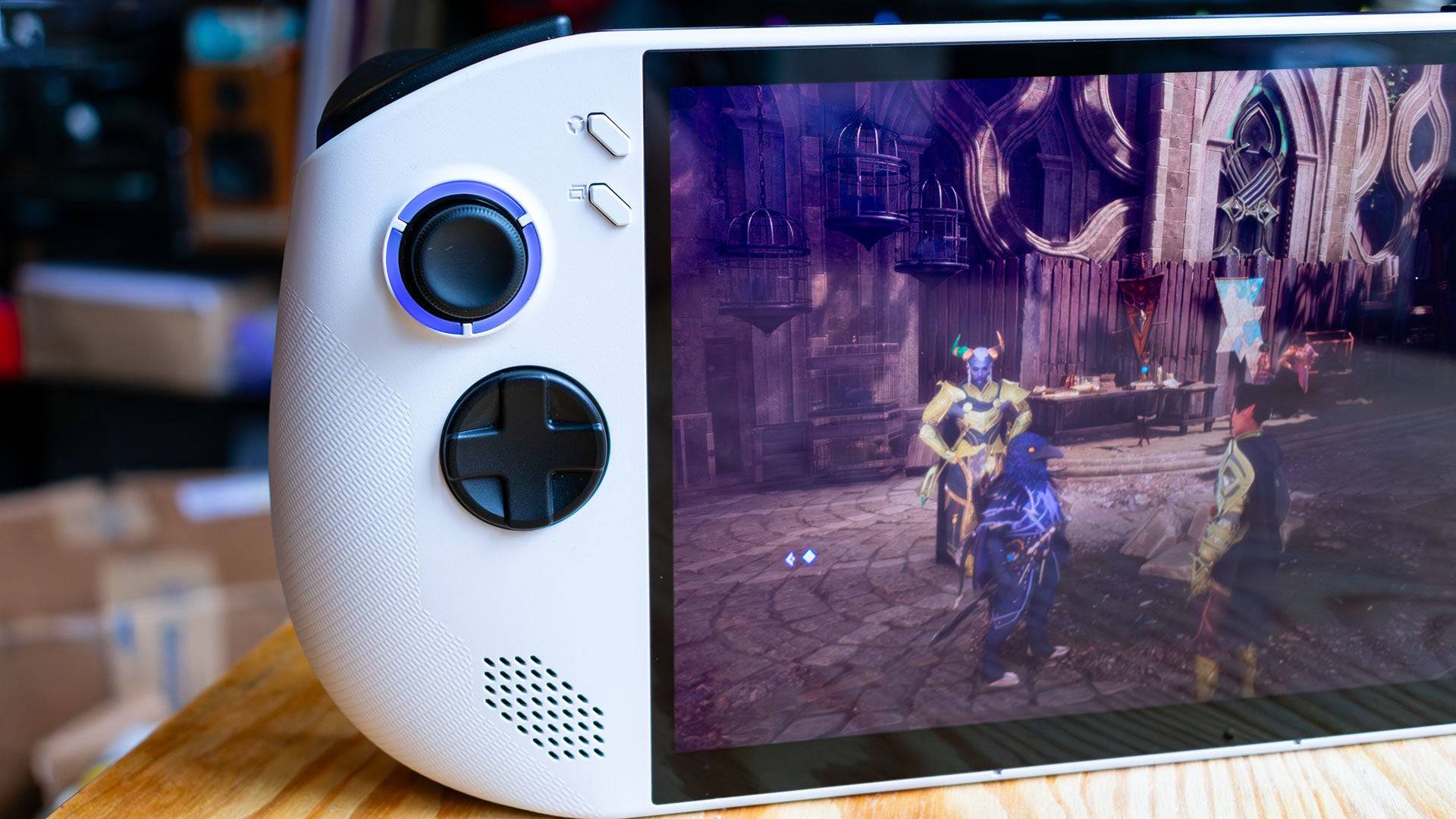
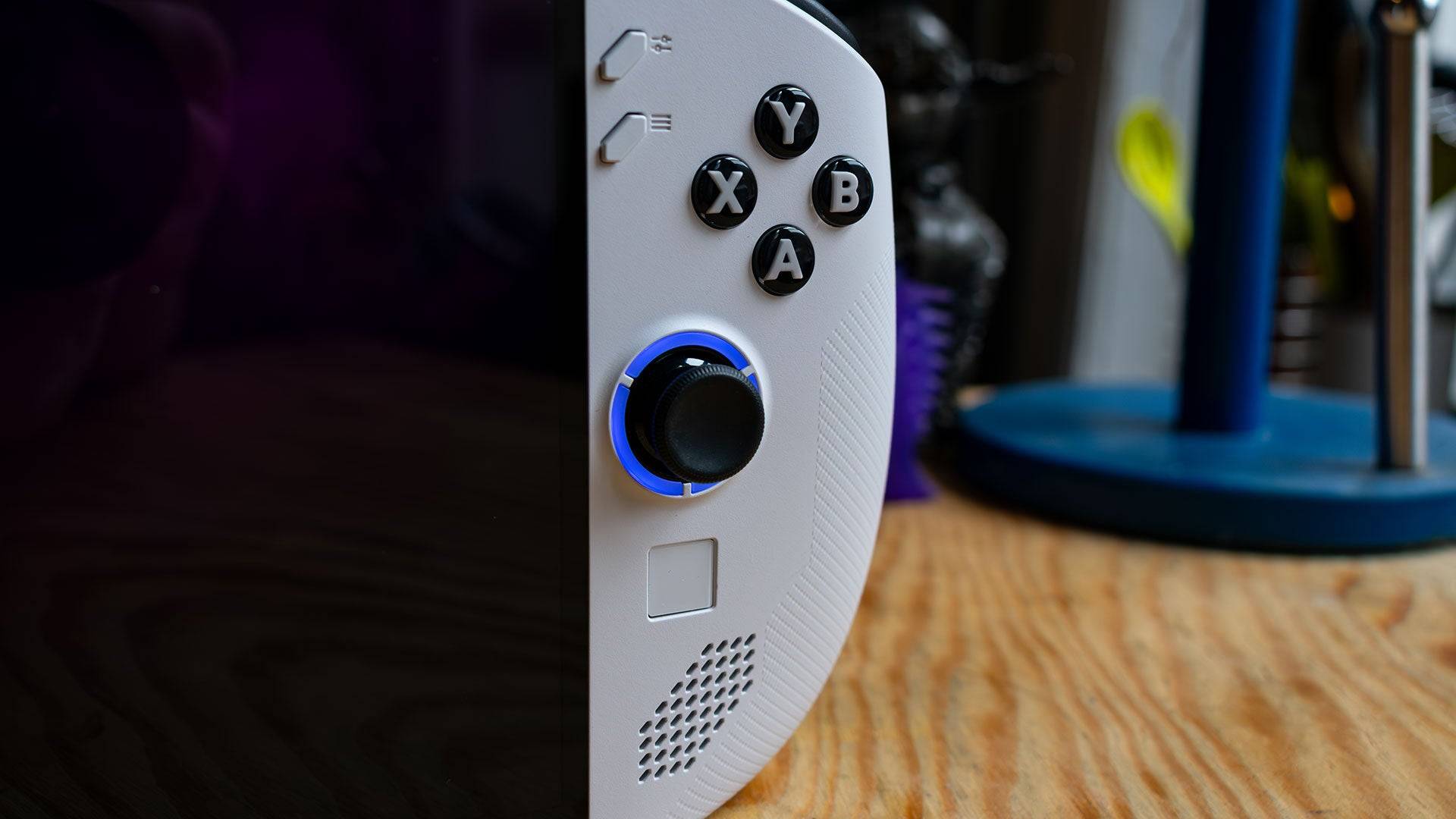 7 Images
7 Images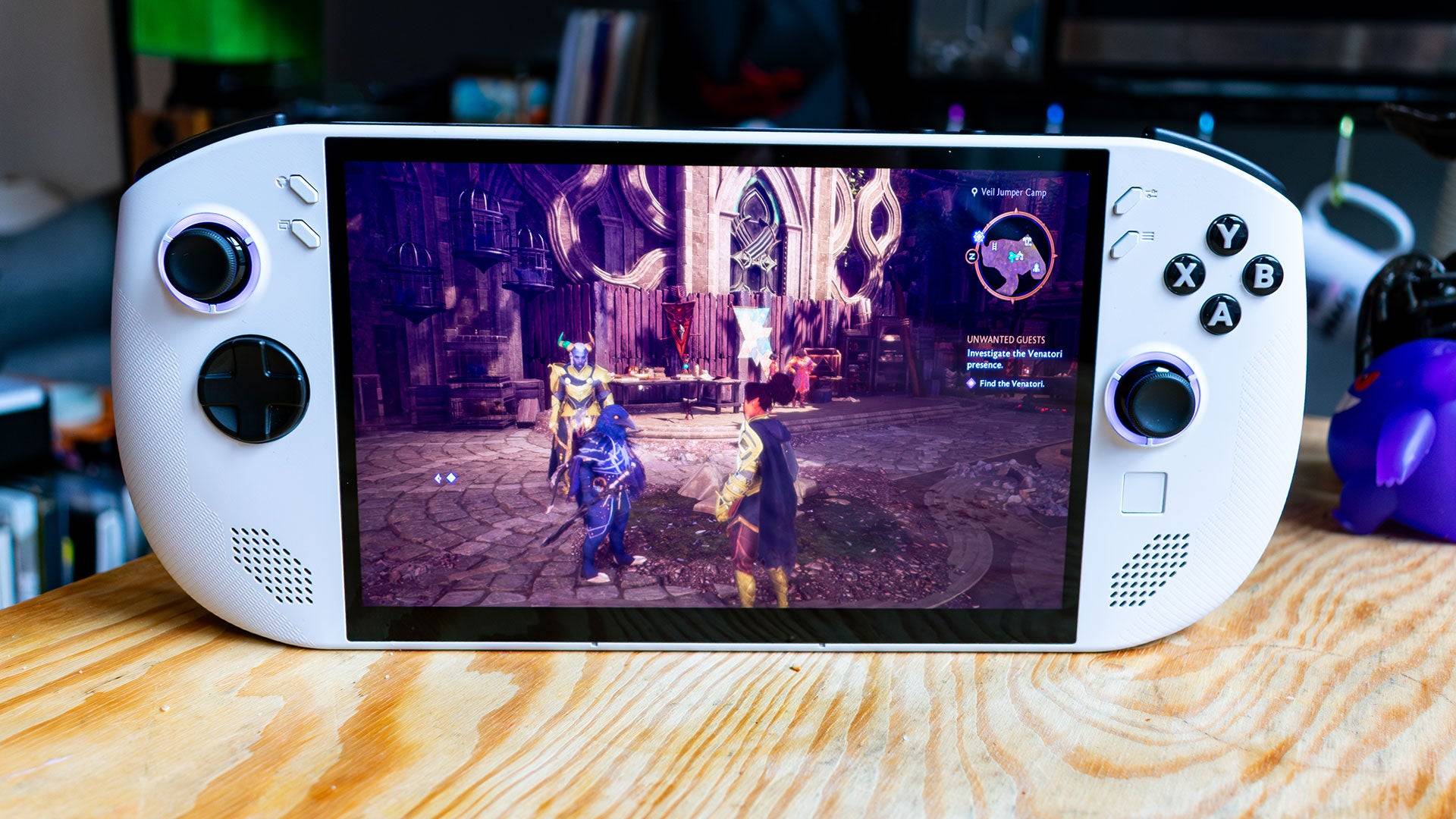
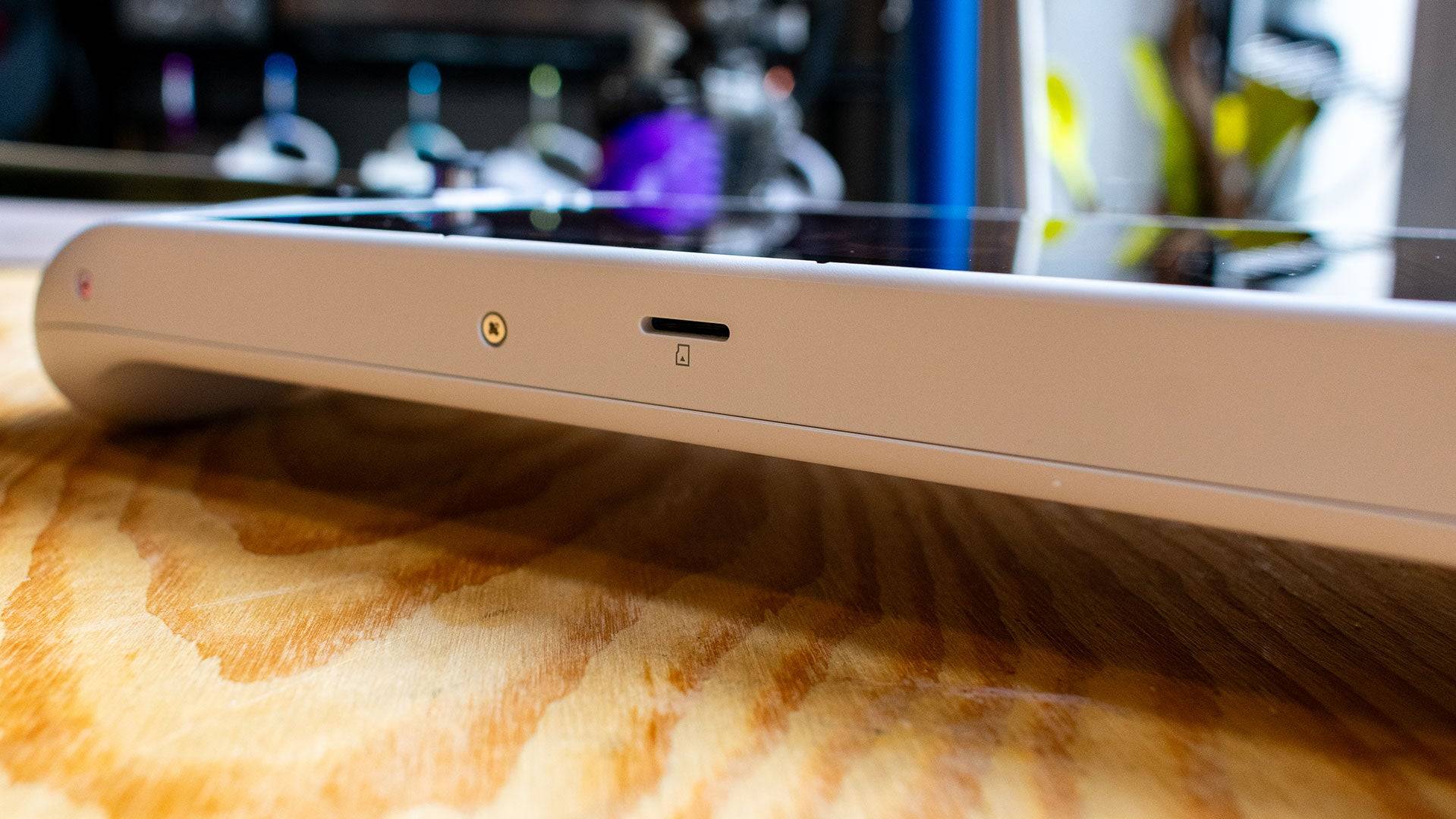
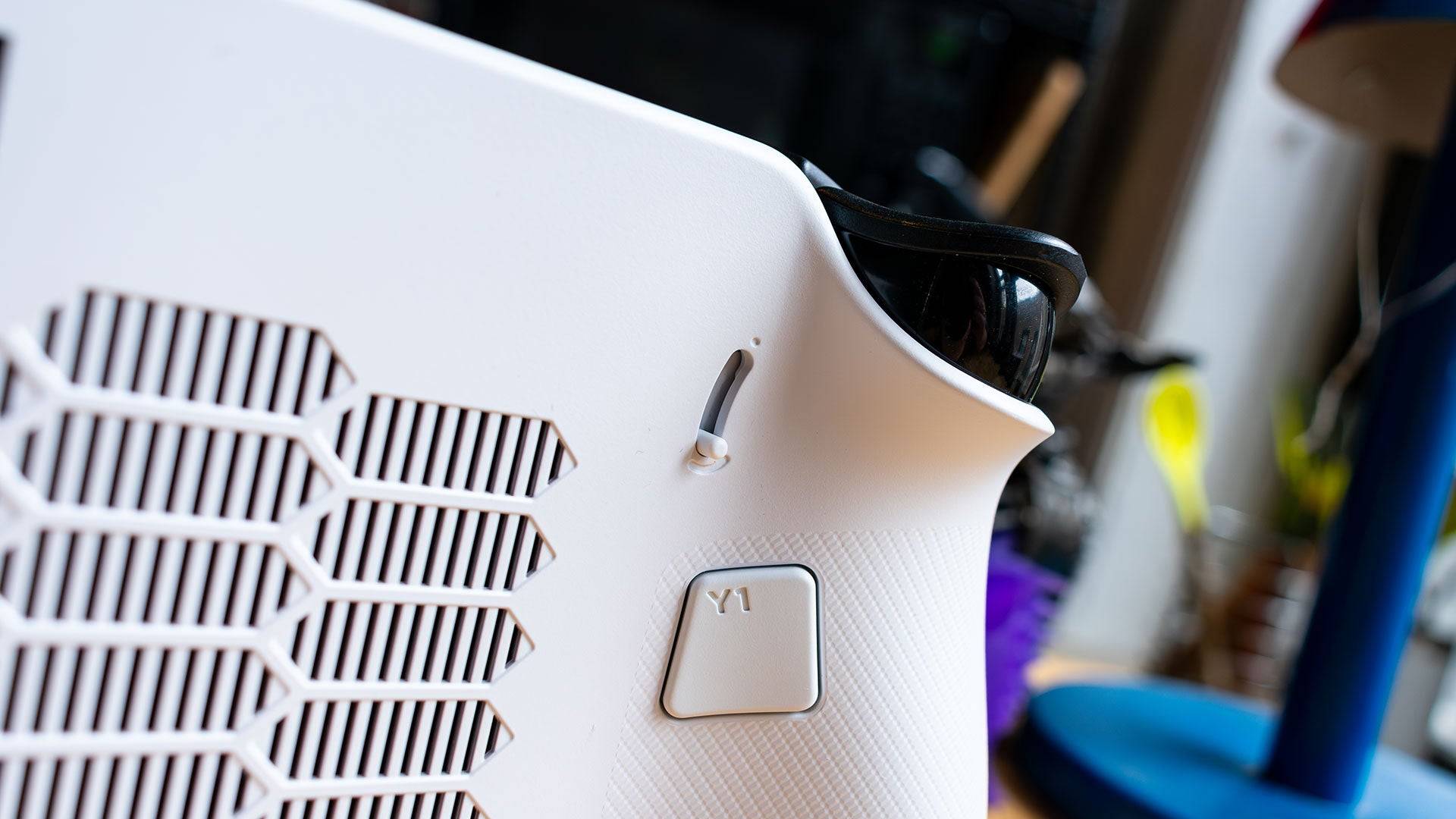
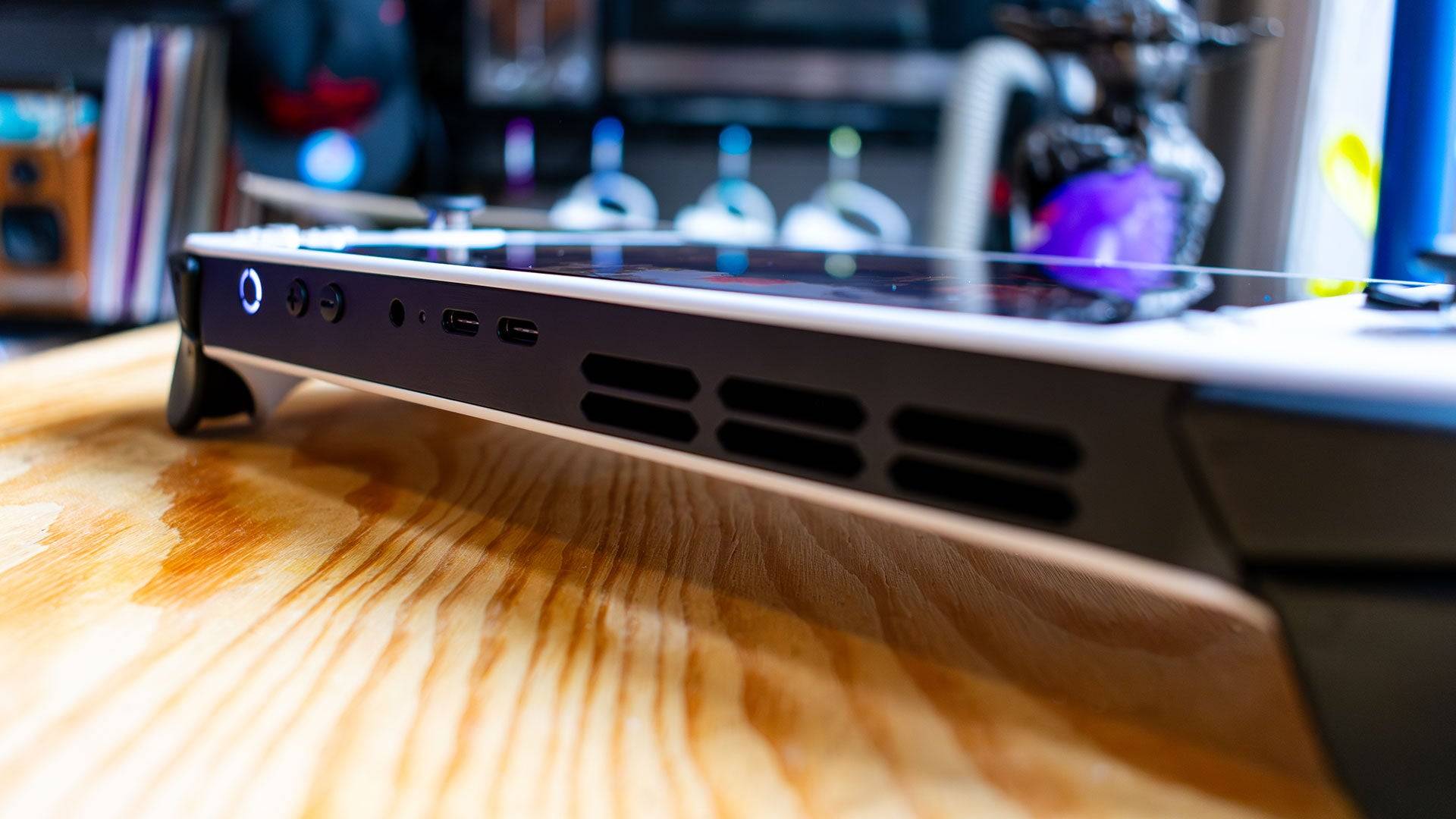
Lenovo Legion Go S – Design and Features
The Legion Go S resembles the Asus ROG Ally more than its predecessor. Its unibody design improves usability. Rounded edges enhance comfort during extended gaming sessions, partially offsetting its considerable weight (1.61 pounds). While lighter than the original Legion Go (1.88 pounds), it's heavier than the Asus ROG Ally X (1.49 pounds).
The 8-inch, 1200p IPS display, rated at 500 nits, is stunning. Game visuals are exceptional, showcasing vibrant colors. It rivals the best handheld displays, second only to the Steam Deck OLED.
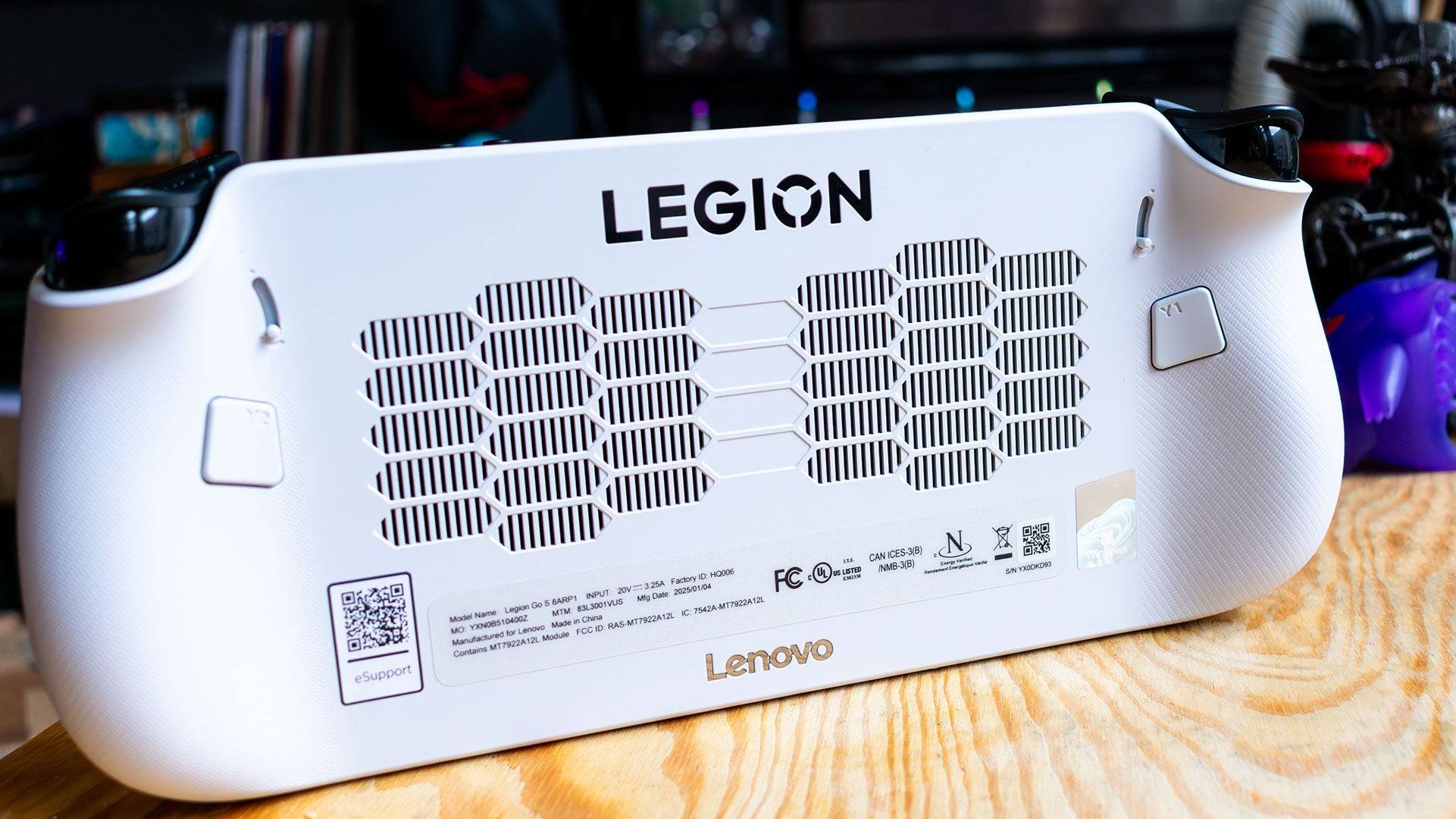
Available in Glacier White and Nebula Nocturne (purple, exclusive to the SteamOS version), the Go S features bright RGB lighting around the joysticks. This is easily customizable. Button placement is more intuitive than the original, though the Lenovo menu buttons above the Start/Select buttons initially cause some confusion. These menu buttons, however, offer quick access to settings and shortcuts.
The touchpad, significantly smaller than the original, makes Windows navigation slightly more challenging. The absence of a mouse wheel, present in the original, is noticeable. This will be less of an issue with the SteamOS version.
The left-side button accesses LegionSpace software for system management and game library access. Rear programmable paddle buttons are improved, offering more resistance. Adjustable triggers offer only two settings: full and minimal travel.
Two USB 4 ports are located on top, while the MicroSD card slot is unusually positioned on the bottom.
Purchasing Guide
The reviewed Lenovo Legion Go S (launched February 14th) costs $729.99, featuring a Z2 Go APU, 32GB LPDDR5 RAM, and a 1TB SSD. A more affordable 16GB RAM/512GB SSD version is available for $599.99 (May release).
Lenovo Legion Go S – Performance
The AMD Z2 Go APU, a Zen 3 processor with 4 cores/8 threads and an RDNA 2 GPU (12 cores), is the Go S's core. This older technology results in performance lagging behind the Legion Go and ROG Ally X.
Despite a larger 55Whr battery, PCMark10 battery life is only 4 hours and 29 minutes, less than the original Legion Go.

3DMark benchmarks show significant performance differences. Time Spy scores are 2,179 (Go S), 2,775 (Legion Go), and 3,346 (ROG Ally X). Fire Strike results show a similar performance gap.
Gaming performance is mixed. Hitman: World of Assassination runs slightly faster on the Go S. Total War: Warhammer 3 and Cyberpunk 2077 require lower settings for playable frame rates. Horizon Forbidden West struggles even at low settings.
The Go S excels in less demanding games like Persona 5.
Value Proposition
The $729 price tag is perplexing, exceeding the Legion Go's starting price despite inferior specs. The 32GB RAM and 1TB SSD are excessive for the Z2 Go APU's capabilities. The slower 6,400MHz memory further hinders performance. While increasing frame buffer memory allocation in the BIOS improves performance, this is a cumbersome workaround.
The May release of the $599 16GB RAM version significantly improves the value proposition.
Poll: Which Handheld Are You Most Excited For in 2025?
AnswerSee ResultsThe initial 32GB RAM configuration is overpriced. The more affordable 16GB version offers significantly better value. While capable of running AAA titles, expect to lower settings for optimal performance.









